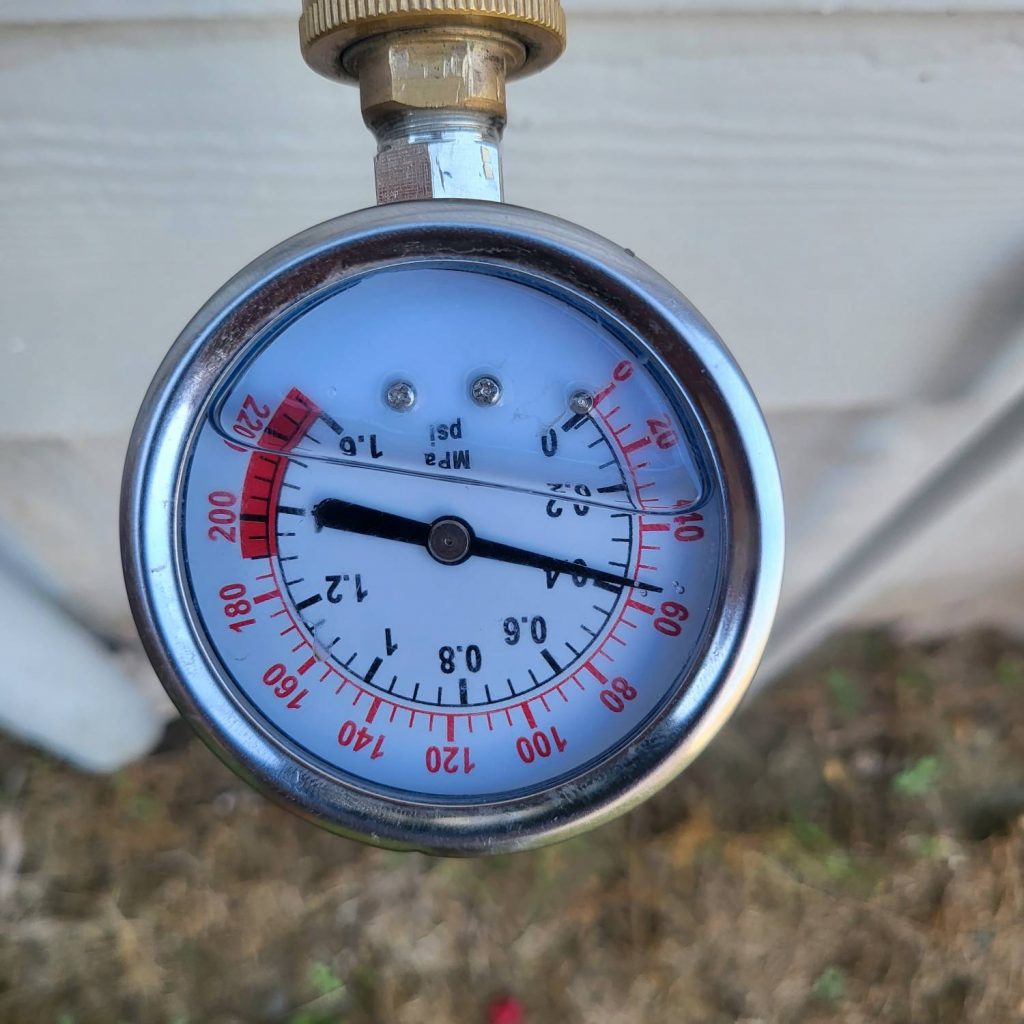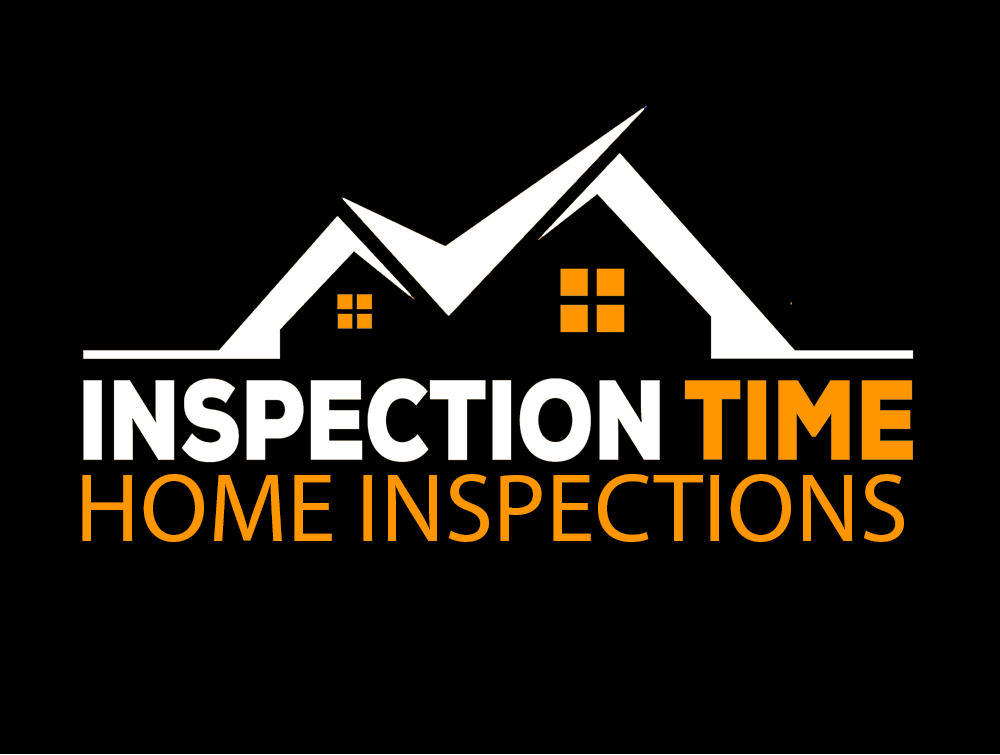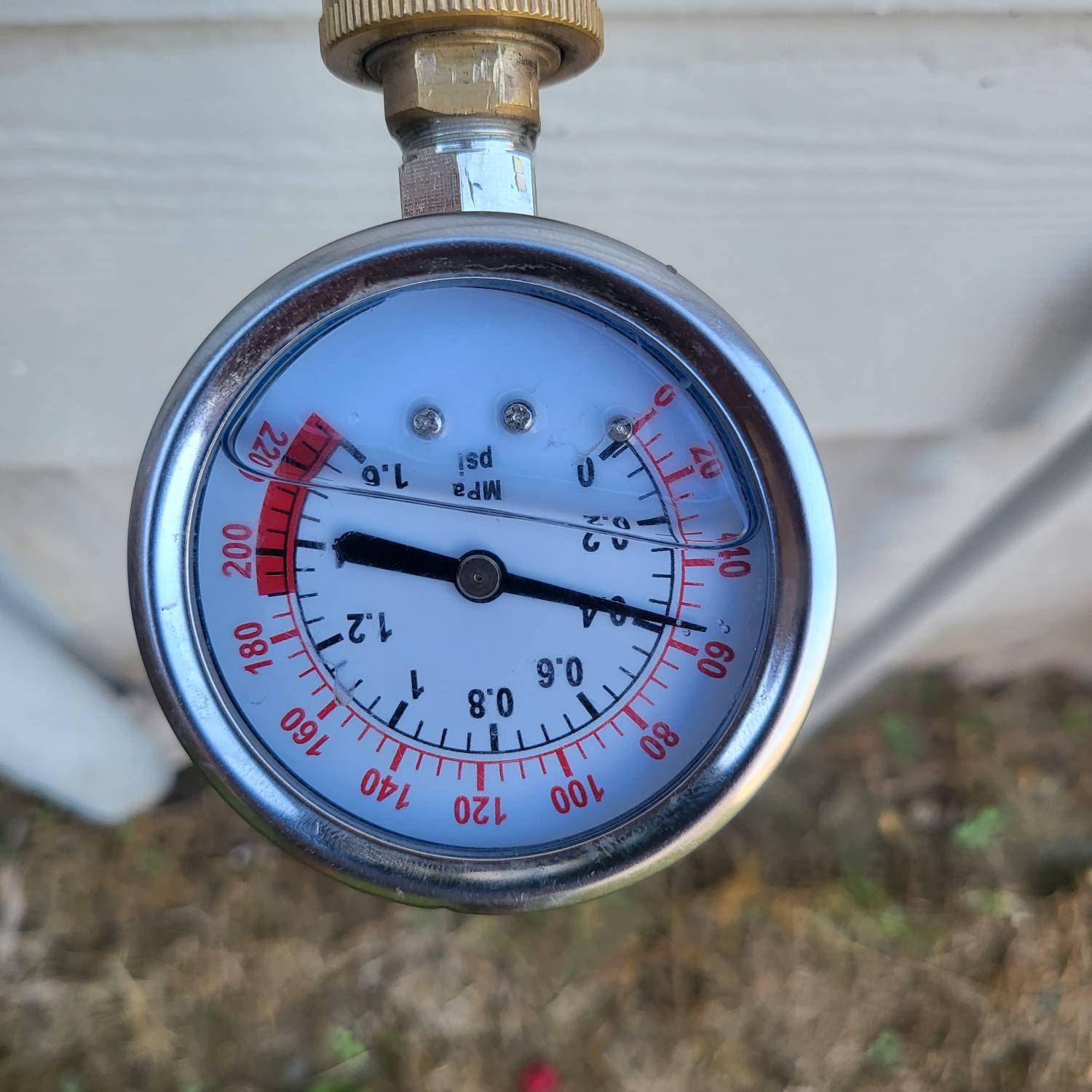Why Your Home’s Water Pressure Should Be Between 40 and 80 PSI
Author: Aaron – Certified Master Inspector TREC #25498 | NACHI22040459 | LEAD FIRM #NAT-F244506-1 | TDA# 0907507 | Airman Certificate #4902697

Water pressure is something most homeowners don’t think about until there’s a problem — but it plays a big role in your home’s plumbing health, efficiency, and comfort. In Texas homes, the recommended water pressure range is between 40 and 80 PSI (pounds per square inch). Anything outside that range can lead to costly repairs, wasted water, or daily inconvenience.
Why Water Pressure Matters
Water pressure determines how effectively water flows through your pipes to fixtures and appliances. Too low, and you’ll notice weak showers and slow-filling sinks. Too high, and your plumbing system can suffer from premature wear, leaks, and even burst pipes.
What Happens If Water Pressure Is Too Low?
Low water pressure (under 40 PSI) can result from issues like:
- Clogged pipes or aerators
- Leaks in the plumbing system
- Malfunctioning pressure regulators
- Municipal supply problems
Effects of low pressure:
- Inconvenient daily use
- Reduced appliance performance
- Potential hidden leaks
What Happens If Water Pressure Is Too High?
High water pressure (over 80 PSI) can cause:
- Stress on pipes, fittings, and appliances
- Leaking water heaters
- Worn-out seals in faucets and toilets
- Higher water bills
In fact, TREC (Texas Real Estate Commission) inspectors report high water pressure as a deficiency during inspections because it’s a safety and maintenance concern.
How to Test Your Home’s Water Pressure
Testing water pressure is quick and inexpensive:
- Purchase a water pressure gauge from a hardware store.
- Attach it to an outdoor hose bib.
- Turn the water on and check the reading.
How to Fix Water Pressure Issues
- Low Pressure: Check for clogs, leaks, or municipal supply issues.
- High Pressure: Install or adjust a pressure-reducing valve (PRV).
A qualified plumber should make adjustments to ensure your system is within the safe 40–80 PSI range.
The Bottom Line
Keeping your home’s water pressure between 40 and 80 PSI will help protect your plumbing, extend the life of your appliances, and ensure comfort for you and your family. Regular checks are a simple way to prevent costly problems later.




